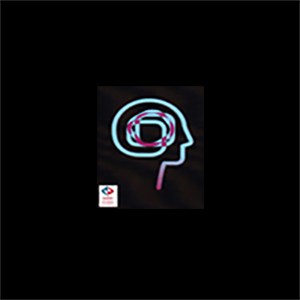Fred N Davis, MD, Diplomat, American Academy of Integrated Pain Management, Clinical Associate Professor, Michigan State University College of Human Medicine
The approaching holiday season accompanied by joy and anticipation can also be stressful. For people with underlying depression and anxiety, it is common to have increased symptoms which can lead to amplification of their chronic pain. It is important for behavioral health specialists to be mindful of the interrelationships between pain and psychopathology and be ready to assist the patient’s physician with providing the right combination of treatment for optimum whole person care.
A recent article in Pain Medicine News featured a study which demonstrated that anxiety and depression served to amplify disability associated with low back pain. The research was undertaken on 284 patients with chronic low back pain treated in an interdisciplinary pain clinic with one year follow up (Olivera et al 2018). The study revealed that the interaction of both anxiety and depression in the presence of chronic low back pain were associated greater degrees of functional impairment and disability.
These findings are consistent with a study done on 2700 patients in my practice which showed that depression in the presence of low back pain, particularly with sciatica was associated with greater degrees limiting work as well as withdrawing from social activities (Thompson, et al 2012). We have termed these psychosocial aspects of the pain experience the suffering qualities of pain.
It has long been known that chronic pain and psychiatric illness are fundamentally linked in prevalence, pathophysiology, and patient outcomes (Dersh et al 2006). The widely accepted definition of pain as “an unpleasant sensory and emotional experience associated with actual or potential tissue damage, or described in terms of such damage” attests to this linkage (IASP 2017).
However, the structure of our clinical settings often makes the integrated delivery of mental and physical health care difficult. Nowhere is this more important than in the care of the patient with chronic pain. Psychotherapeutic and psychopharmacologic interventions for chronic pain are rarely effective in isolation from somatic treatments, and the success of somatic treatments is diminished by co-occurring mental illness. Distress, disuse, and disability are important facets of a chronic pain problem, and all require clinical attention by the pain practitioner (Wasan et al 2009). This points to the importance of providing integrative therapy with a strong behavioral health component for the treatment of chronic pain.
At Cummings Graduate Institute for Behavioral Health Studies (CGI), Doctor of Behavioral Health students are trained to understand the complex relationships between the physical body and mental/emotional issues. They learn to look beyond a simple diagnosis of chronic pain and help treatment teams find the psychosocial elements that impact on the physical complaints when they are present. In the coming months I will be speaking more about this topic and co-teaching a class on Behavioral Interventions for Chronic Pain (DBH 9905) at CGI. In the meantime, we can all be sensitive to these issues and reach out kindly to our families, friends, and neighbors.
1 Pain Medicine News October 17, 2018
2 Thompson PA, Davis FN, Reed PL, Mossey JM, Gostine ML, Risko R. Effect of Pain on Work, Daily Life Tasks, and Activities Among Patients Seeking Treatment for Chronic Pain. AAPM Annual Meeting 2012 Abstract 206.
3. Dersh J, Gatchel RJ, Mayer DJ, et al. Prevalence of psychiatric disorders in patients with chronic disabling occupational spinal disorders. Spine 2006; 31(10):1156–1162.
4. http://www.iasp-pain.org/Education/Content.aspx?ItemNumber=1698
5. Bonica’s Management of Pain CH 31 06-22-09 12:20:54






























